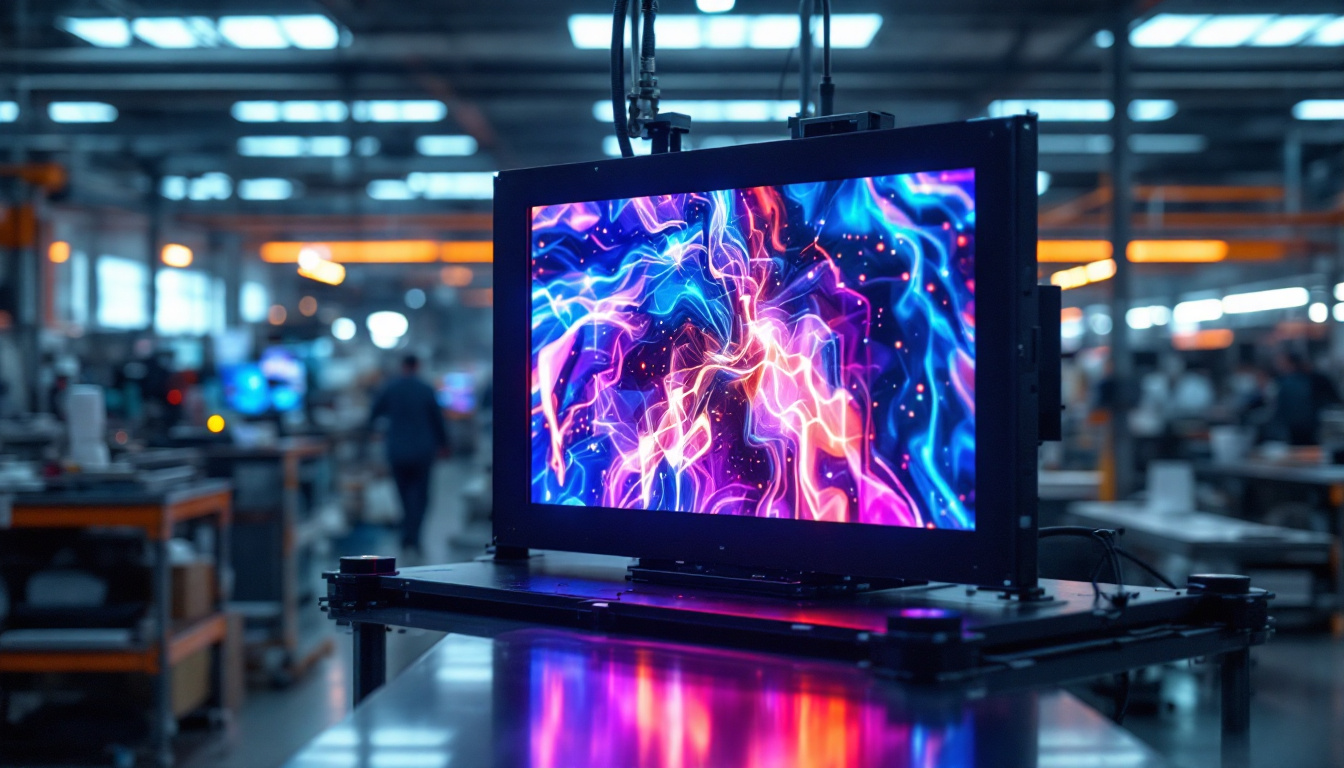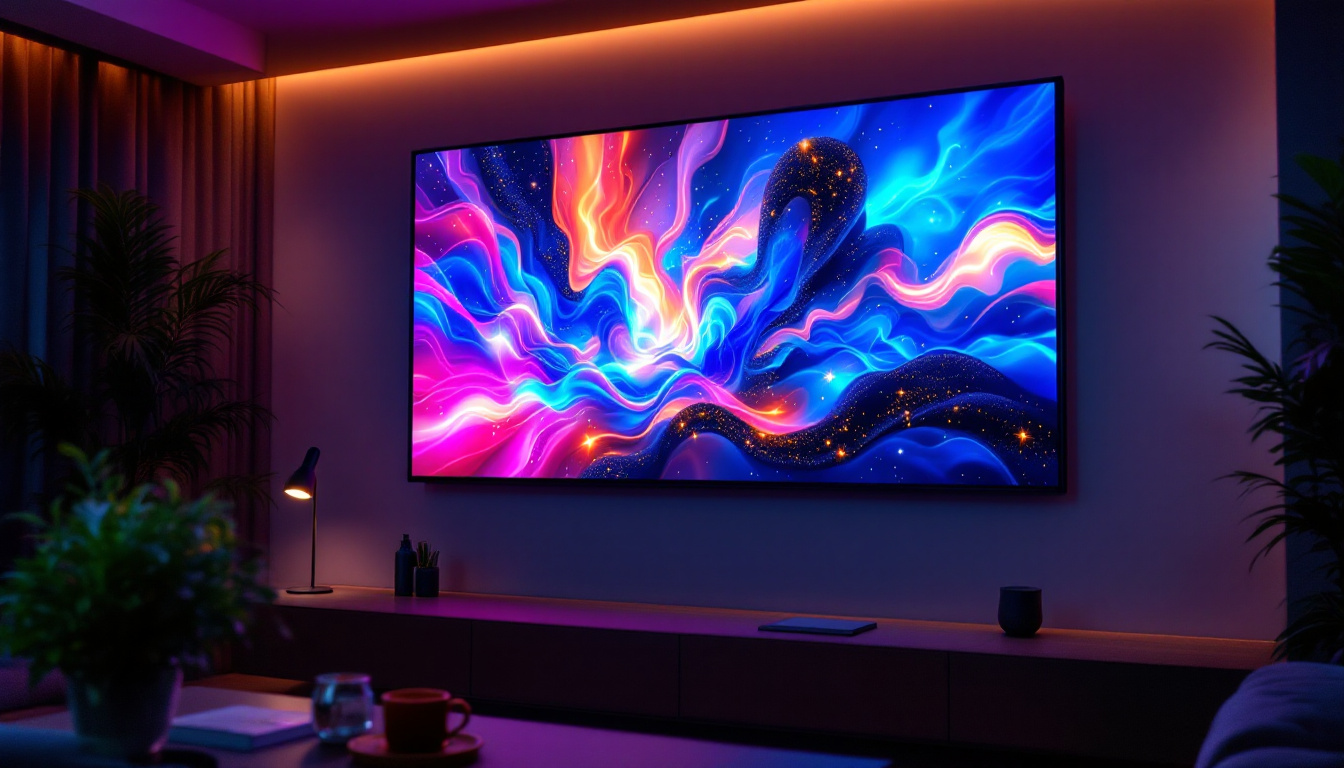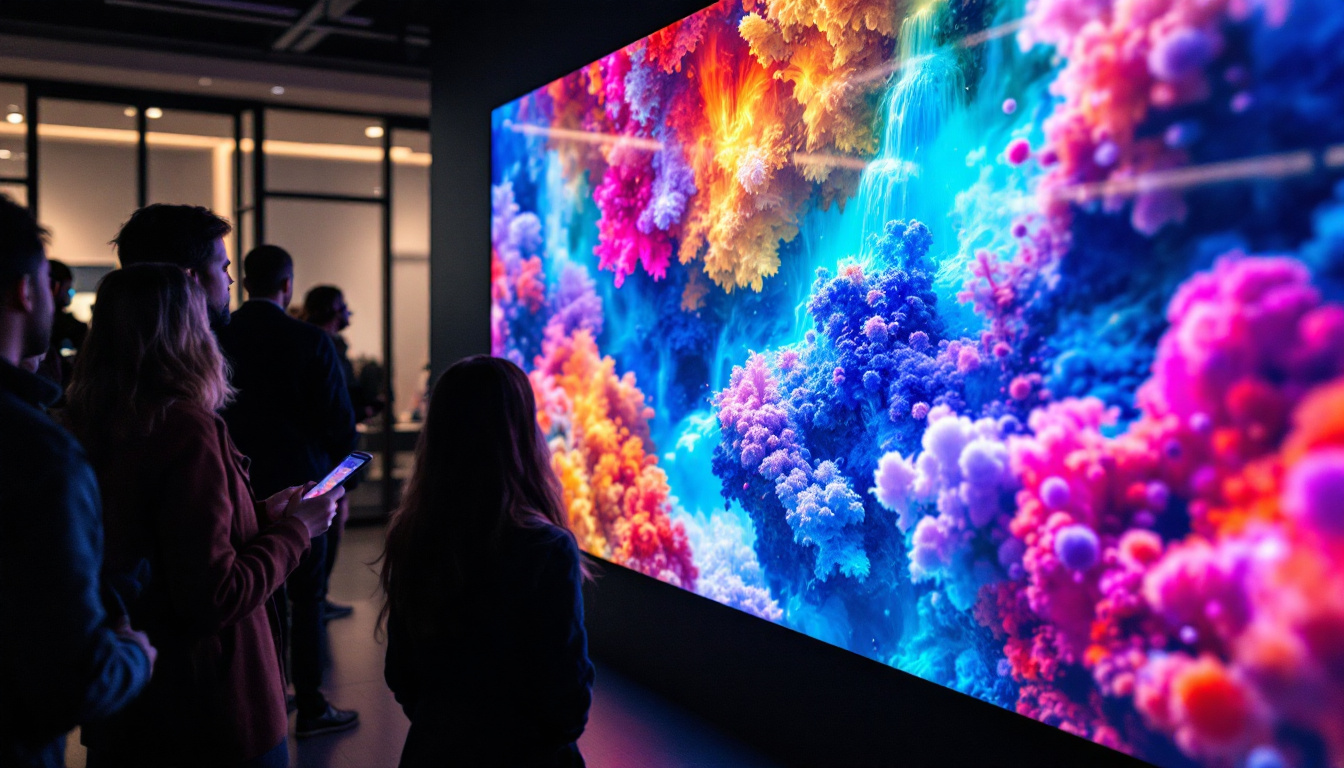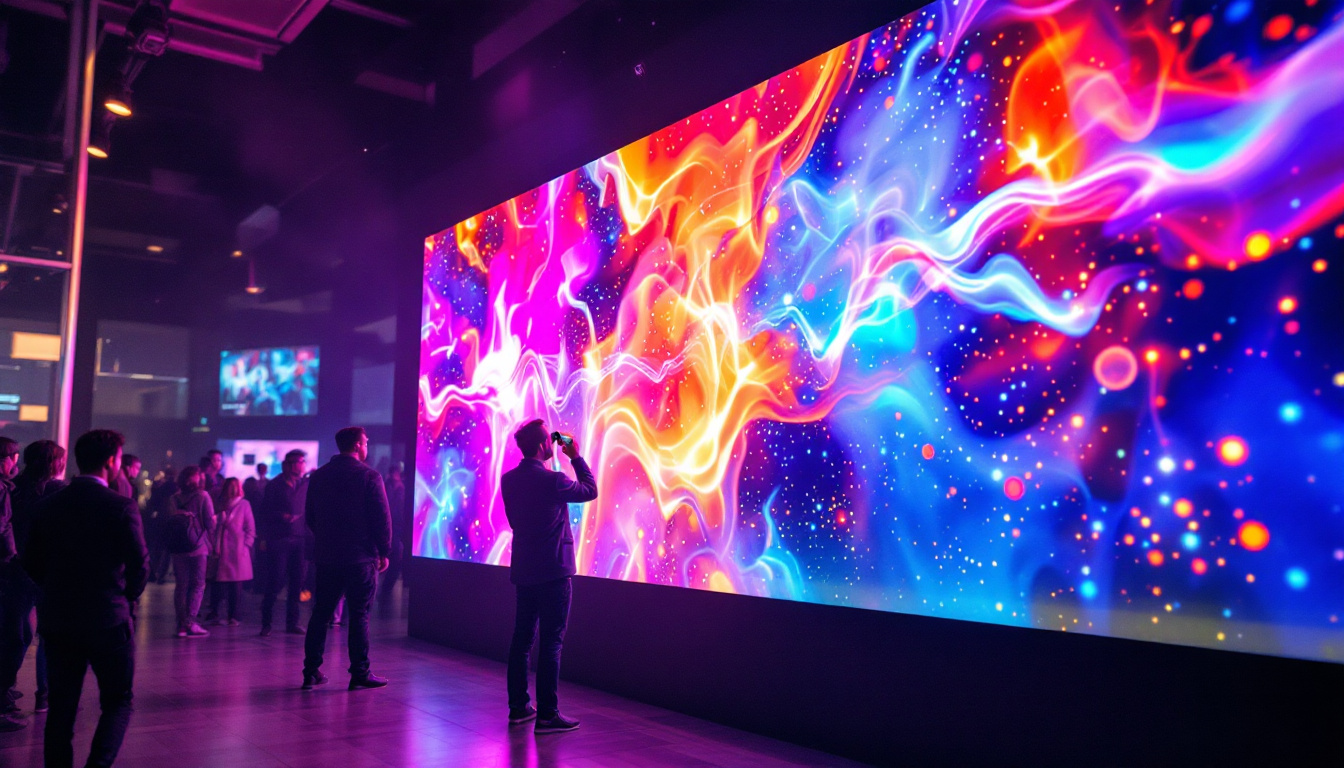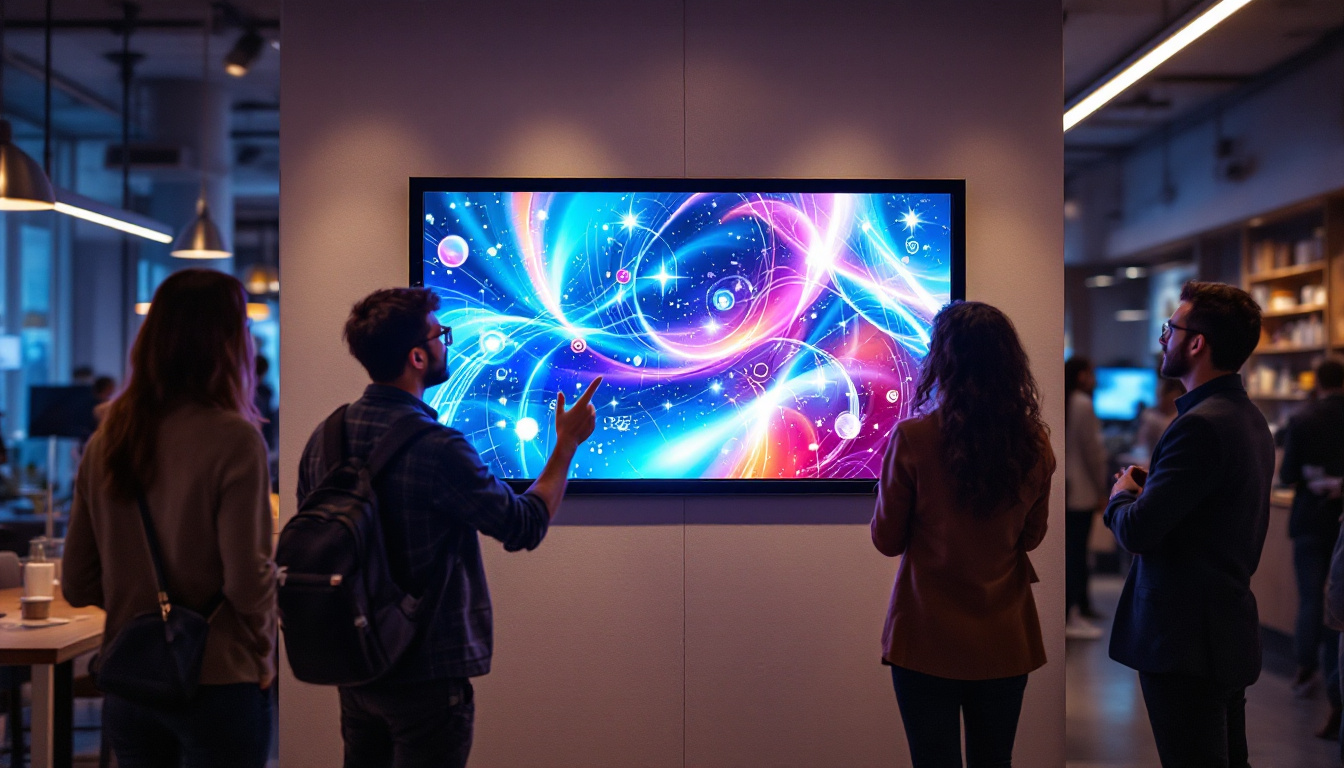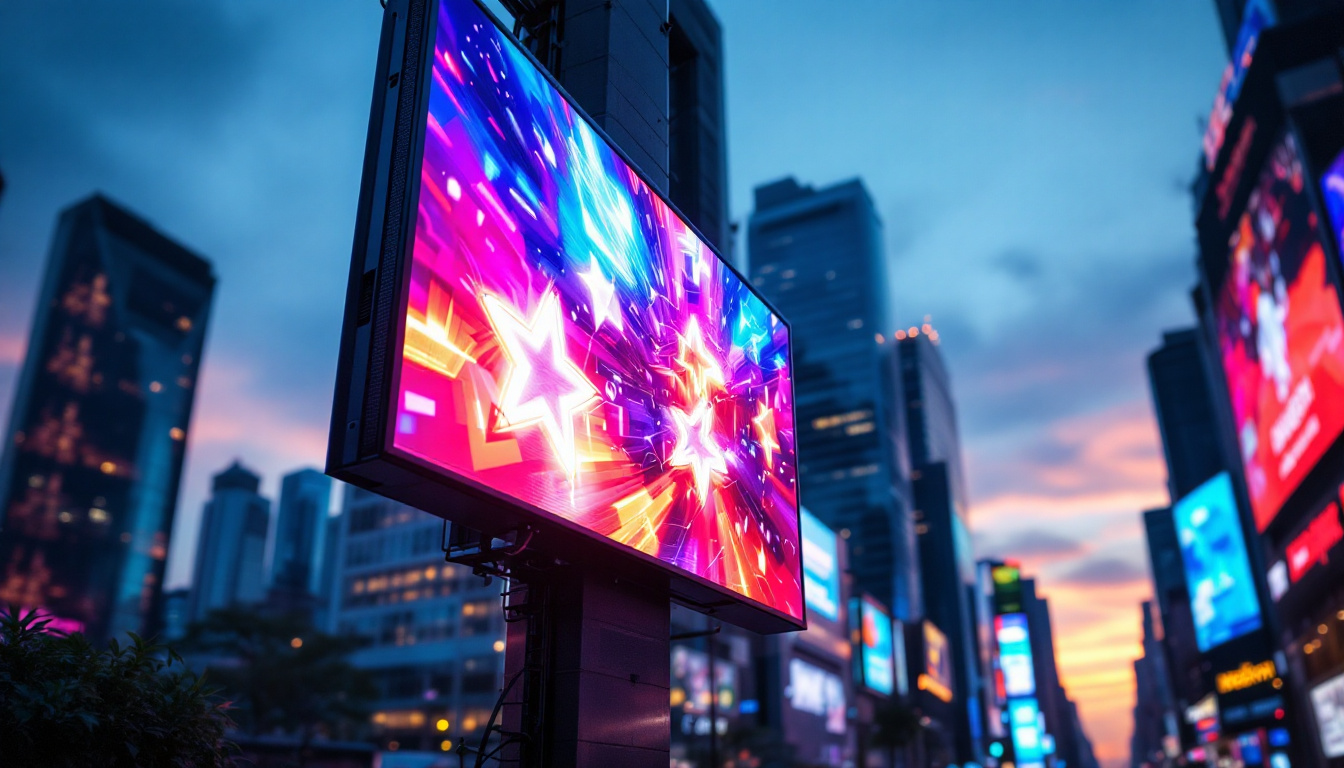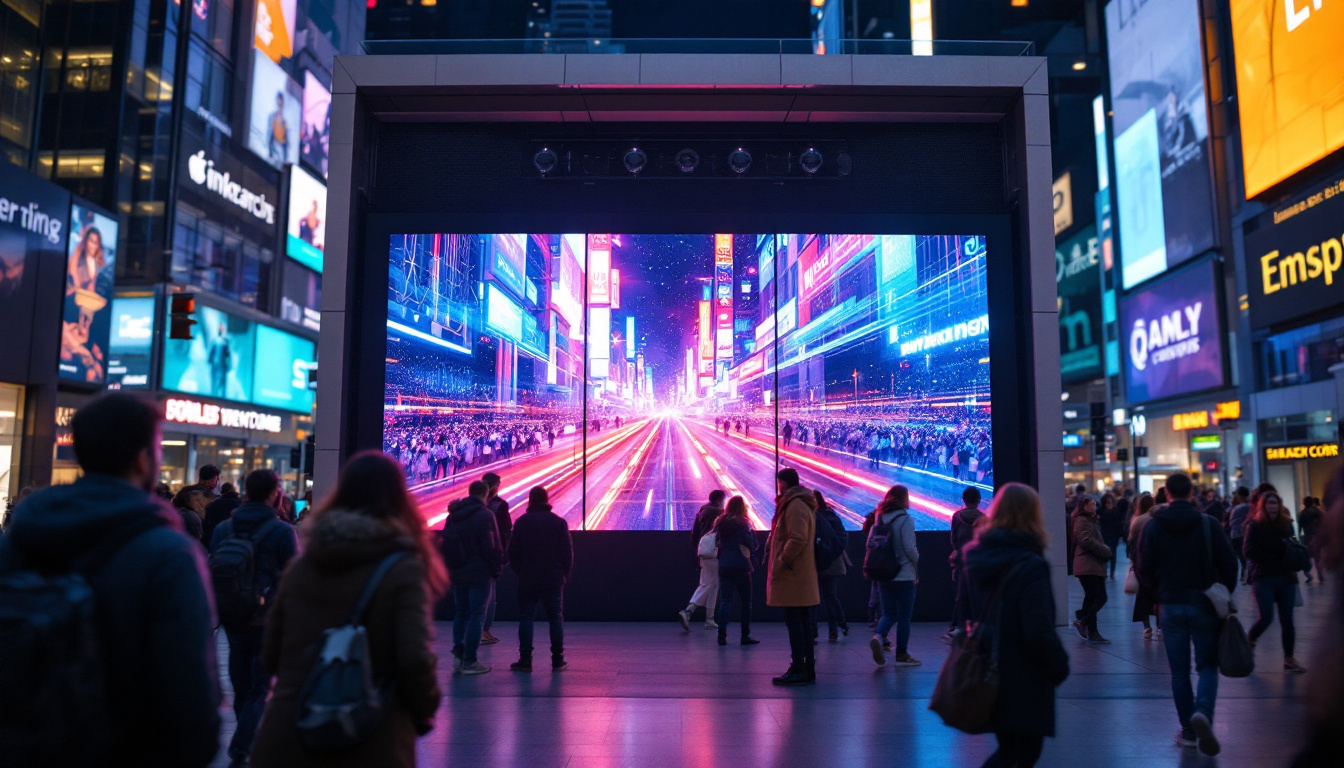In the realm of modern television technology, LED displays have become the gold standard for home entertainment. With their vibrant colors, deep contrasts, and energy efficiency, LED TVs have revolutionized the way viewers experience content. This article delves into the intricacies of LED TV panels, exploring how they work, their advantages, and the various types available in the market.
Understanding LED Technology
LED, or Light Emitting Diode, technology has transformed the television industry. Unlike traditional LCD TVs that rely on fluorescent backlighting, LED TVs utilize an array of tiny diodes to produce light. This fundamental shift has led to significant improvements in picture quality, energy consumption, and overall viewing experience.
How LED Displays Work
At the core of LED technology is the principle of electroluminescence, where a semiconductor material emits light when an electric current passes through it. In LED TVs, these diodes are arranged in a grid, allowing for precise control over brightness and color. This configuration enables the display to produce stunning visuals with rich colors and sharp details.
LED displays can be categorized into two main types: edge-lit and full-array. Edge-lit LED TVs have LEDs positioned along the edges of the screen, while full-array models feature a grid of LEDs behind the entire panel. Full-array displays generally offer better contrast and uniformity, making them a popular choice among enthusiasts. Additionally, many full-array LED TVs now incorporate local dimming technology, which enhances the viewing experience by adjusting the brightness of specific areas of the screen. This results in deeper blacks and brighter highlights, further elevating the quality of the image.
Types of LED TV Panels
There are several types of LED TV panels available, each catering to different needs and preferences. Understanding these types can help consumers make informed decisions when purchasing a new television.
- Standard LED: The most common type, featuring basic LED backlighting.
- QLED: Quantum Dot LED TVs enhance color accuracy and brightness using quantum dot technology.
- OLED: While not technically LED, OLED (Organic Light Emitting Diode) panels offer superior contrast and color depth by using self-emissive pixels.
In addition to these popular types, there are also emerging technologies that are gaining traction in the market. Mini-LED technology, for instance, uses thousands of tiny LEDs to improve backlighting precision and contrast, bridging the gap between traditional LED and OLED displays. This innovation allows for finer control over local dimming zones, resulting in a more dynamic range of brightness and color. Furthermore, MicroLED is another cutting-edge development that promises to deliver the best of both worlds, combining the self-emissive qualities of OLED with the brightness and longevity of traditional LEDs. As these technologies continue to evolve, they are likely to reshape the landscape of home entertainment, offering consumers even more choices and enhanced viewing experiences.
Advantages of LED TVs
LED TVs have gained immense popularity due to their numerous advantages over traditional display technologies. These benefits contribute to a superior viewing experience and make LED TVs a preferred choice for many consumers.
Superior Picture Quality
One of the most significant advantages of LED TVs is their exceptional picture quality. The ability to produce deeper blacks and brighter whites enhances the overall contrast ratio, resulting in more dynamic images. This is particularly noticeable in dark scenes, where LED technology excels in rendering details without losing clarity.
Furthermore, advancements in LED technology, such as local dimming and HDR (High Dynamic Range), have further improved color accuracy and brightness levels. As a result, viewers can enjoy a more immersive experience, whether watching movies, playing video games, or streaming content. The vibrant colors and sharp details make every scene come alive, allowing for a cinematic experience right in the comfort of home. Additionally, many LED TVs now support 4K resolution, which offers four times the pixel count of standard HD, providing even greater detail and clarity.
Energy Efficiency
LED TVs are also known for their energy efficiency. Compared to older CRT and plasma televisions, LED displays consume significantly less power. This not only reduces electricity bills but also contributes to a smaller carbon footprint, making LED TVs an environmentally friendly choice.
Many modern LED TVs come with energy-saving features, such as automatic brightness adjustment and power-saving modes, which further enhance their efficiency. This means that consumers can enjoy high-quality entertainment without worrying about excessive energy consumption. In fact, some models are ENERGY STAR certified, indicating that they meet strict energy efficiency guidelines set by the U.S. Environmental Protection Agency. This not only benefits the environment but also provides peace of mind for consumers looking to make sustainable choices in their electronics.
Sleek Design and Versatility
The design of LED TVs has evolved dramatically over the years. With thinner bezels and lightweight construction, these televisions can easily fit into various living spaces. Their sleek appearance allows for versatile mounting options, whether on a wall or a stand.
Additionally, LED TVs often come equipped with smart features, enabling users to access streaming services, browse the internet, and connect with other smart devices. This integration of technology enhances the overall functionality of the television, making it a central hub for entertainment. Many models also support voice control and integration with home automation systems, allowing users to control their viewing experience with simple voice commands. With the rise of smart home technology, having an LED TV that seamlessly integrates with other devices enhances convenience and elevates the overall entertainment experience.
Considerations When Buying an LED TV
While LED TVs offer numerous benefits, there are several factors to consider before making a purchase. Understanding these considerations can help consumers choose the right model that suits their needs and preferences.
Screen Size
Screen size is one of the most critical factors when selecting an LED TV. The ideal size depends on the viewing distance and the size of the room. For smaller spaces, a 32 to 43-inch screen may suffice, while larger rooms may benefit from 55 inches or more.
It is essential to consider how far the viewer will sit from the screen. A general guideline is to sit at a distance of 1.5 to 2.5 times the diagonal screen size for optimal viewing. This ensures that viewers can appreciate the details without straining their eyes.
Resolution
Resolution is another crucial aspect to consider. LED TVs come in various resolutions, including Full HD (1080p), 4K (2160p), and even 8K (4320p). Higher resolution TVs offer sharper images and more detail, particularly on larger screens.
For most consumers, a 4K resolution is recommended, as it provides excellent picture quality while being more affordable than 8K models. Additionally, many streaming services and content providers now offer 4K content, making it a worthwhile investment.
Smart Features
With the rise of streaming services, smart features have become increasingly important in modern LED TVs. Many models come equipped with built-in apps for popular platforms like Netflix, Hulu, and Amazon Prime Video.
When choosing a smart TV, consider the user interface, available apps, and the ease of navigation. Some TVs also offer voice control and compatibility with smart home devices, enhancing the overall user experience.
Maintaining Your LED TV
Proper maintenance can significantly extend the lifespan of an LED TV and ensure optimal performance. Here are some essential tips for maintaining an LED display.
Cleaning the Screen
Keeping the screen clean is vital for maintaining picture quality. Dust and fingerprints can accumulate on the surface, leading to a diminished viewing experience. To clean the screen, use a soft, lint-free cloth and a solution specifically designed for electronics. Avoid using harsh chemicals or abrasive materials, as these can damage the screen.
Optimal Placement
The placement of the TV can also impact its performance. It is advisable to position the TV away from direct sunlight to prevent glare and overheating. Additionally, ensure that the TV is at eye level when seated for comfortable viewing.
Using a surge protector can help protect the TV from power surges, which can cause damage to the internal components. Regularly check the cables and connections to ensure they are secure and functioning correctly.
Future of LED Technology
As technology continues to advance, the future of LED displays looks promising. Innovations in display technology are expected to enhance picture quality, energy efficiency, and overall user experience.
MicroLED Technology
One of the most exciting developments in the world of LED displays is MicroLED technology. This emerging technology utilizes microscopic LEDs to create individual pixels, resulting in stunning picture quality with perfect blacks and vibrant colors. MicroLED displays are also modular, allowing for customizable screen sizes and shapes.
As MicroLED technology matures, it is anticipated to offer a more affordable alternative to OLED displays while maintaining superior performance. This could lead to a new era of high-quality displays for consumers.
Integration with AI
Artificial intelligence (AI) is also poised to play a significant role in the future of LED TVs. AI algorithms can enhance picture quality by optimizing brightness, contrast, and color settings based on the content being viewed. This intelligent adjustment can create a more immersive experience for viewers.
Furthermore, AI integration could lead to smarter user interfaces, making it easier for users to navigate through content and discover new shows and movies tailored to their preferences.
Conclusion
LED TV panels have transformed the way audiences engage with visual content, offering superior picture quality, energy efficiency, and sleek designs. Understanding the technology behind LED displays, the advantages they offer, and the factors to consider when purchasing can empower consumers to make informed decisions.
As technology continues to evolve, the future of LED displays promises even more exciting innovations. Whether it’s through advancements in MicroLED technology or the integration of AI, the landscape of home entertainment is set to become even more dynamic and engaging.
In a world where entertainment options are abundant, LED TVs stand out as a reliable choice for delivering exceptional viewing experiences that cater to diverse preferences and needs.
Discover the Future of LED Displays with LumenMatrix
Ready to experience the pinnacle of LED display technology? LumenMatrix is at the forefront of innovation, offering a wide array of LED display solutions that cater to every need. From the immersive Indoor LED Wall Display to the dynamic Outdoor LED Wall Display, and from the mobile versatility of Vehicle LED Displays to the sleekness of LED Poster Displays, LumenMatrix has it all. Embrace the future with our LED Sports Displays, interactive Floor LED Displays, and the revolutionary All-in-One LED Display. Our mission is to transform your visual communication with LED Transparent Displays that captivate and engage. Don’t miss out on the opportunity to elevate your brand’s visibility and impact. Check out LumenMatrix LED Display Solutions today and step into a world of vivid imagery and unparalleled clarity.



